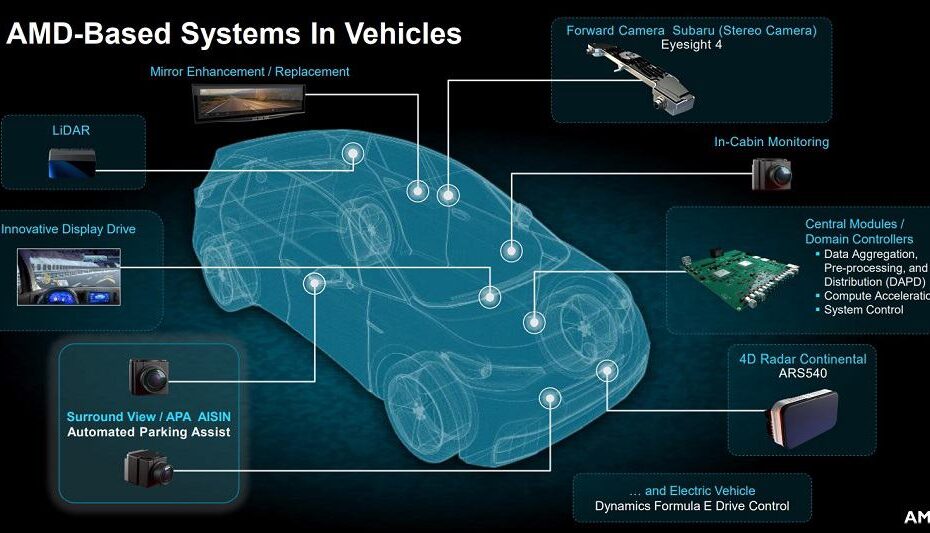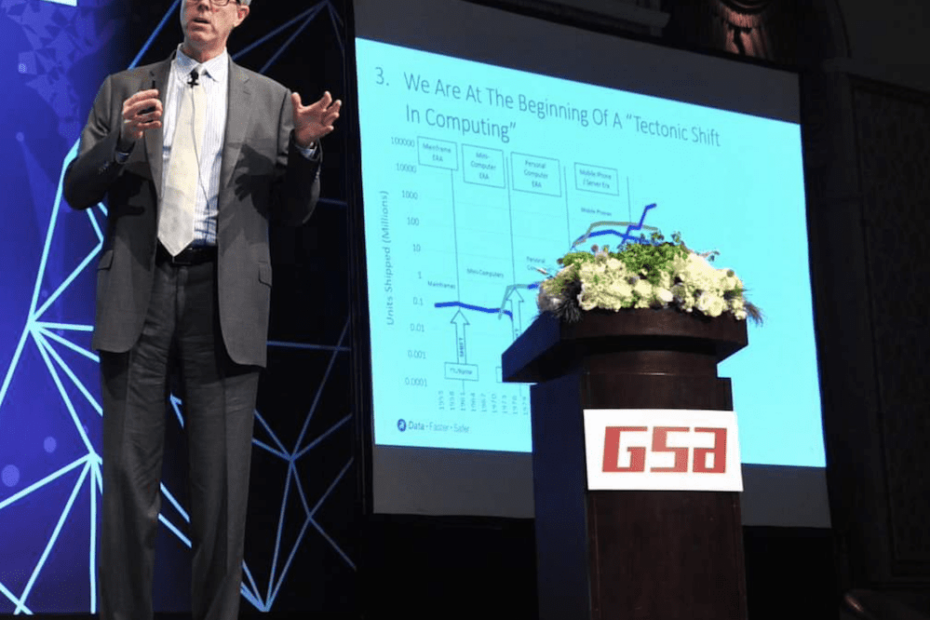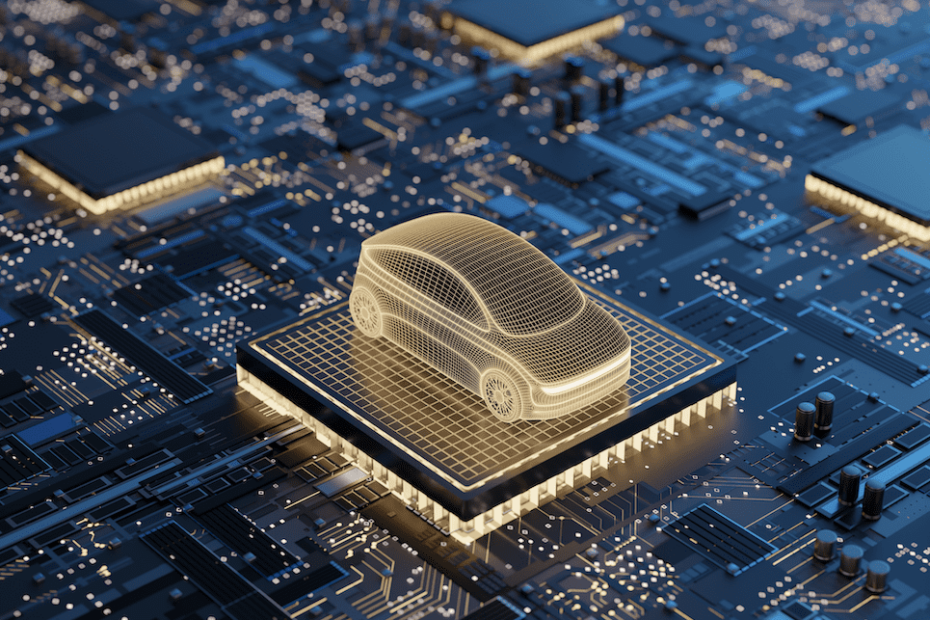European Chip Startups Top China’s Shopping List
By Peter Clarke
What’s at stake?
China has made numerous efforts to acquire European technology over the last decade or more. While wafer fabs, even mature ones, are a priority and have recently drawn regulatory attention, there are also many startups and fabless chip companies attracting investors and potential buyers, often without scrutiny. Individual deals may appear as the unfettered workings of the technology market, but the aggregate effect can produce a dependence that Europe is only just starting to consider.
Judging by two recent events, Europe is waking up to the risk of China buying up more of its technology – even when those capabilities are somewhat mature. Will regulators react more quickly to investments in technology startups?
Read More »European Chip Startups Top China’s Shopping List









